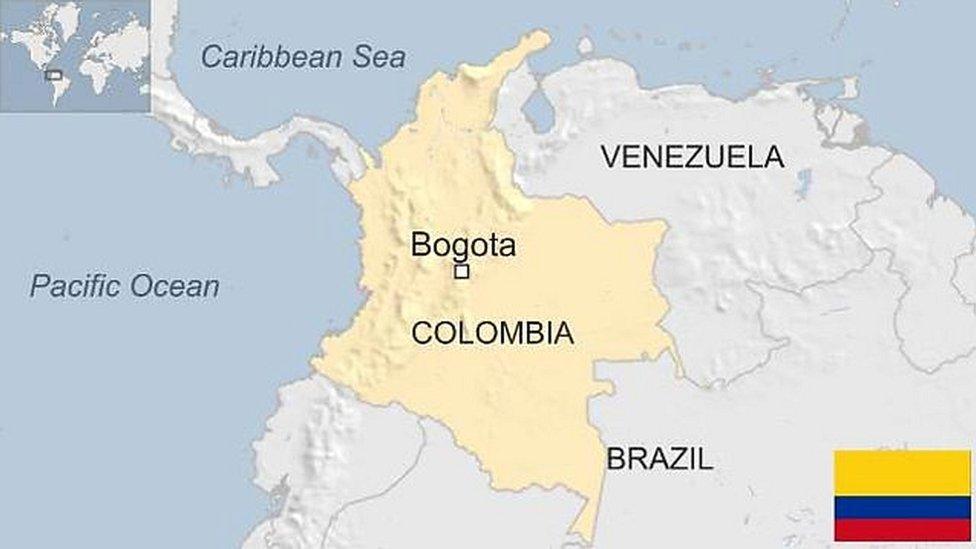Colombia ELN rebels free Spanish journalist Hernandez Mora
- Published
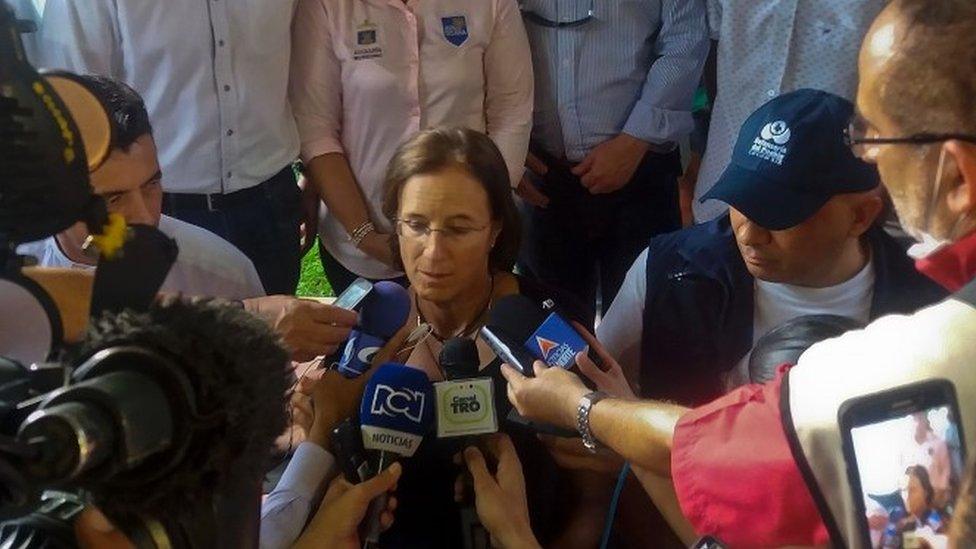
Ms Hernandez Mora thanked the Catholic Church for its facilitating her release
Colombian rebels have released Spanish journalist Salud Hernandez Mora, who had been missing since last Saturday.
She was handed over to a group of Roman Catholic Church mediators in the town of Ocana, in the northern region of Norte de Santander.
She was exhausted but in good health, said Catholic priest Ramon Torrado, one of the mediators.
Ms Hernandez Mora said she had been kidnapped by members of the left-wing National Liberation Army, or ELN.
"From the very beginning I was held against my will," she said.
There were moments of tension in the six days she spent in captivity, she said, "especially when we could hear the armed forces helicopters above us, looking for me".
Ms Hernandez Mora has lived in Colombia for nearly two decades, and has dual Spanish and Colombian nationality.
She has reported extensively on Colombia's rebel groups, working for Colombia's El Tiempo and Spain's El Mundo newspapers.
El Tiempo (in Spanish) , external said she had been investigating the eradication of coca crops when she went missing in the north-eastern region of Catatumbo.
The area is known to have a presence of left-wing guerrilla groups and criminal gangs that profit from drug trafficking.
'Celebrating freedom'
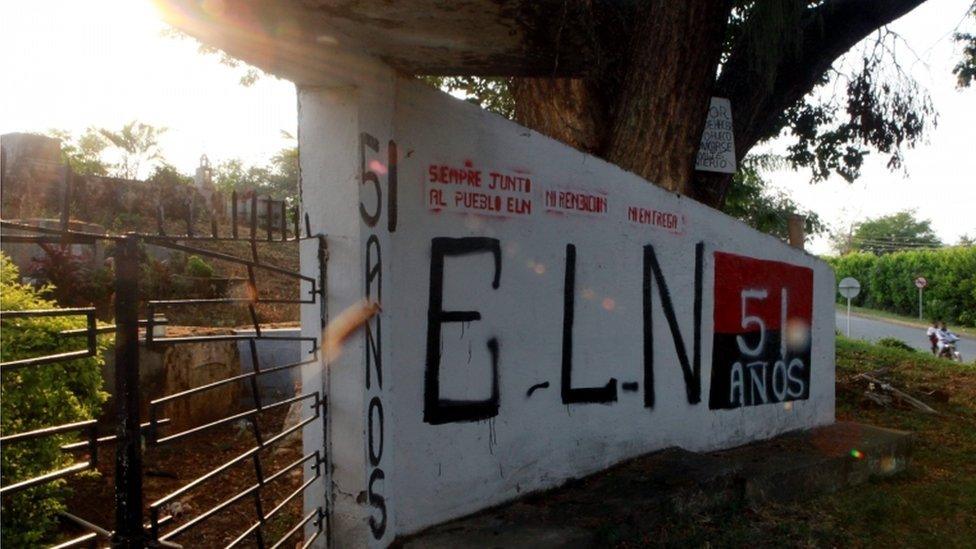
The ELN is active mostly in the border areas with Venezuela
Two Colombian journalists who went to the region to report on her disappearance were kidnapped by the ELN on Monday, but released a few hours after Ms Hernandez Mora.
Diego D'Pablos and Carlos Melo work for Colombian network RCN.
Earlier, President Juan Manuel Santos had said he was "celebrating Salud Hernandez's return to freedom" - but demanded the release of the Colombian journalists.
The ELN is estimated to have about 1,300 members.
It is Colombia's second largest rebel group after the Revolutionary Armed Forces of Colombia, or Farc, which has some 7,000 fighters.
The ELN has recently agreed to enter peace talks with the government, following the example of the Farc.
Negotiations between Colombian government negotiators and the Farc began in the Cuban capital, Havana, in November 2012.
A peace accord with the Farc is expected to be signed by the end of the year.

Who are the ELN rebels?

The group has been fighting the Colombian state for more than five decades
The guerrilla group was founded in 1964 to fight Colombia's unequal distribution of land and riches, inspired by the Cuban revolution of 1959.
One of its key figures was Camilo Torres, a pioneer of liberation theology, a radical movement within the Catholic Church especially popular in Latin America, where it emerged in response to widespread poverty and ill-treatment of ordinary people.
Over the decades, the group has attacked large landholders and multinational companies, and repeatedly blown up oil pipelines.
To finance itself it has resorted to extortion, kidnappings and drug trafficking.
It has been strongest in rural areas.
Correction 24 August 2016: A background paragraph in this article relating to Camilo Torres has since been amended to remove some inaccuracies.
- Published24 May 2016
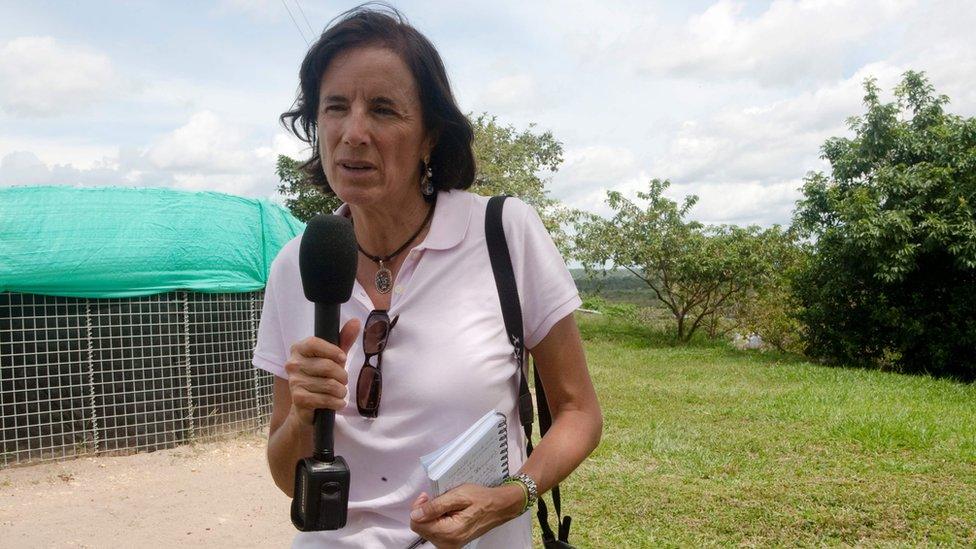
- Published8 August 2018
- Published8 February 2017
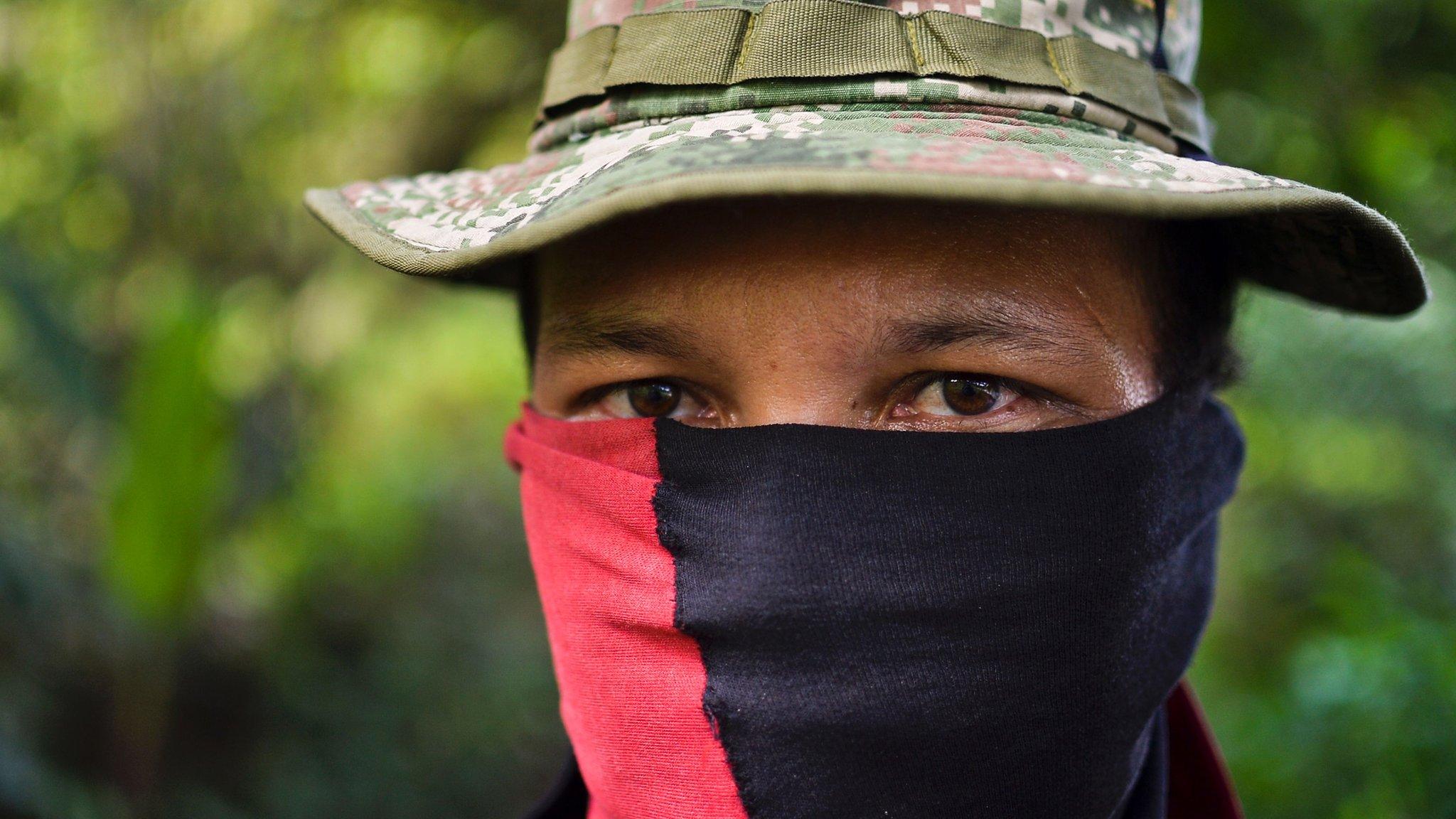
- Published14 February 2023
